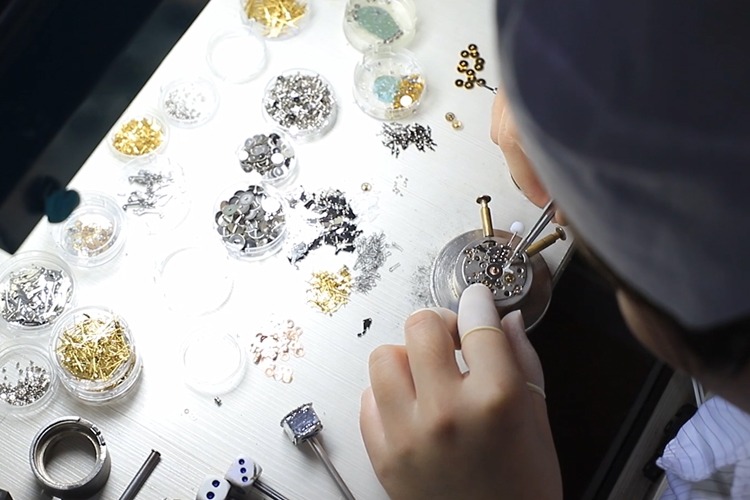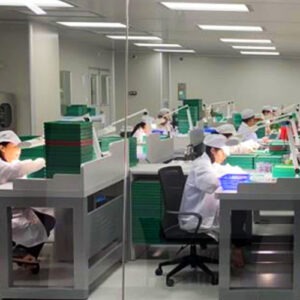How Do Mechanical Watches Work?
Introduction
Mechanical watches are more than just timekeeping devices, they are complex works of engineering movement and craftsmanship. Have you ever wondered how these fascinating timepieces work? In this article, we’ll delve into the inner workings of a mechanical watch, explaining the key components and processes that go into its movement. Whether you’re a watch enthusiast, or a potential watchmaker, this guide will give you a comprehensive understanding of how a mechanical watch works.
The Basics: Components of a Mechanical Watch
A mechanical watch consists of several essential components that work together to accurately measure and display time. These components include:
1. Main Spring:
The mainspring is the primary power source of a mechanical watch. It is wound manually or automatically and stores potential energy to drive the watch’s mechanism.
2. Escapement:
The escapement is responsible for regulating the release of energy from the mainspring, ensuring controlled and precise movement of the watch’s hands. The most common type of escapement is the Swiss lever escapement.
3. Balance Wheel:
The balance wheel, coupled with the hairspring, forms the watch’s regulating system. It oscillates back and forth, dividing time into equal intervals and ensuring the watch’s accuracy.
4.Gears and Wheels:
Gears and wheels transmit power from the mainspring to the escapement and hands. They create the necessary mechanical connections to ensure smooth and synchronized movement throughout the watch.
5.Pallet Fork:
The pallet fork is an integral part of the escapement mechanism. It interacts with the escape wheel, controlling the release of energy and allowing the watch’s hands to move forward in small increments.
How Mechanical Watches Work: The Process
Now that we understand the key components, let’s explore the step-by-step process of how mechanical watches work:
1. Winding the Watch:
In manual mechanical watches, the mainspring is wound by turning the crown. This action tightens the mainspring, storing potential energy for the watch to operate. In automatic watches, the mainspring is wound by the natural motion of the wearer’s wrist.
2. Power Transmission:
As the mainspring unwinds, the stored energy is transmitted through a series of gears and wheels. These components have specific gear ratios, ensuring the correct speed and timing of the watch’s hands.
3. Regulating Time:
The balance wheel, coupled with the hairspring, oscillates back and forth due to the energy released by the escapement. The frequency of oscillation, typically measured in beats per hour (BPH), determines the watch’s accuracy.
4. Timekeeping:
The oscillation of the balance wheel drives the hands of the watch forward. The gear train translates the rotational motion of the balance wheel into the rotational motion of the hour, minute, and second hands.
5. Continuous Operation:
The mainspring’s energy is continuously released, and the watch’s hands move forward in a smooth and continuous manner. The power reserve of a watch determines how long it can operate without rewinding.
The Beauty of Mechanical Watches
Mechanical watches are more than just timekeeping tools. They are marvels of mechanical movement and craftsmanship. The intricate interplay of gears, wheels and springs creates a dynamic symphony that allows these timepieces to measure time with precision and style. The careful assembly and adjustment of each component ensures the accuracy and longevity of the watch.
Conclusion
Understanding how a mechanical watch works can give you a deeper appreciation for these extraordinary timepieces. From the winding of the mainspring to the precise adjustment of the time, each component plays a vital role in creating a harmonious and reliable watch. Mechanical watches embody the artistry, precision and dedication of watchmakers, and their timeless charm continues to attract watch enthusiasts around the world.
If you are interested in further exploring the world of mechanical watches, please feel free to contact us with any questions you may have. Whether you want to expand your collection, start your watchmaking journey, or simply appreciate the beauty of mechanical timepieces, we have guidance and solutions for you.
Contact us now to explore our range of mechanical watches and discover the perfect timepiece for your style and passion.
References
1. HowDoes a Mechanical Watch Work?
2. Mechanical Watch Components and Functions
3. The Escapement in Mechanical Watches
4. How a Watch Works
Remember to always consult a professional watchmaker for any technical or repair-related questions.



